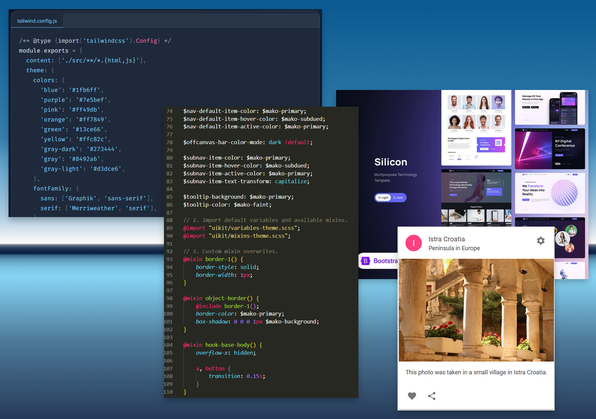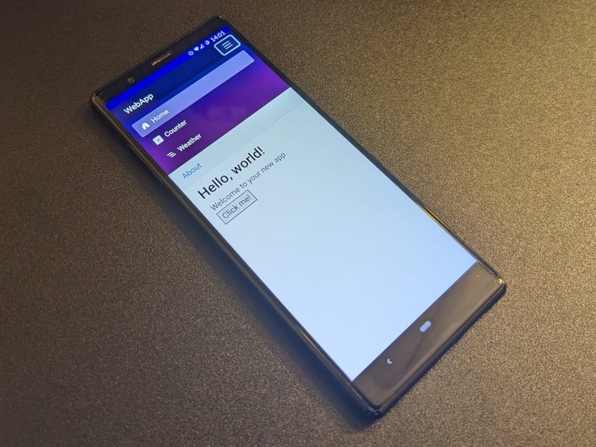As part of an upcoming piece of work, it was suggested to me that I spend some time getting familiar with Tailwind CSS. I’d heard good things from colleagues, one comment in particular suggesting it doesn’t hold you back like other CSS frameworks. So I was quite keen to dig in and see what was so special about it.
- Tuesday, 10/Sep/2024 12:07 +1000
- Programming
- Professional Development
I took some time to investigate developing a MAUI mobile app that shares business logic with a Blazor web app by way of ViewModels and the like. What I discovered was that MAUI and XAML is a pretty cumbersome framework. My colleague Kael gave me some insight on the possibility of building a Blazor app and running that as a MAUI app. After looking into it in more detail I came to the conclusion that having a single application with multiple deployment targets is a more practical approach to cross-platform development. This article serves as a guide to developing a single application that can be deployed as both a website and an Android app. Of course there are a few platform specific things to look out for but they’re easily handled as I will demonstrate in this post.
- Thursday, 09/Nov/2023 14:20 +1000
- Programming
- Professional Development
Fluxor is a Flux implementation for Blazor in the vein of Redux. It is a state management system designed for larger software systems that encourages immutability of state, pure functions and clean separation of code. Given my fairly basic understanding of the Flux pattern I thought it would be valuable to document what it is at a high level and what’s required when using Fluxor to implement the various concepts.
- Thursday, 06/Apr/2023 15:44 +1000
- Programming
- Professional Development
MVVM is a development pattern that has been around for a while now. It was designed to facilitate the development of WPF applications for Windows and is still used for the likes of Maui apps. I reckon it has a place in Blazor apps as a neat way to separate view from logic, and as a sort of volatile state management for when you don’t want state to persist between pages.
- Wednesday, 05/Apr/2023 14:34 +1000
- Programming
- Professional Development
A published Blazor WebAssembly instance is just a collection of files that can be loaded into a browser. If these files are hosted on the API, running the API means the UI is running as well, probably from the same address. In this case it’s a little different to debug compared to launching it standalone, but not any more complicated.
- Tuesday, 04/Apr/2023 16:20 +1000
- Programming
- Professional Development
I couldn’t find a single-page cheat sheet that summarised SOLID software development principles, so I made one. For each of the letters in SOLID (Single Responsibility, Open/Closed, Liskov Substitution, Interface Segregation, Dependency Inversion) there are a couple of bullet points explaining the benefits of adopting them and the smells that betray their violation.
- Thursday, 08/Dec/2022 16:49 +1000
- Programming
Today I spent a bit of time fighting with certificates in an ASP.NET application I’m working on. The scenario is we have Blazor Server communicating with a Minimal API. Debugging locally I was struggling to get the two to communicate, with errors like:
The remote certificate is invalid because of errors in the certificate chain: UntrustedRoot
- Wednesday, 02/Nov/2022 16:12 +1000
- Programming
Hello! I’ve started a new blog. For my first post I’m going to share a Git configuration trick that I often use to work around this dang ol’ error message when trying to push a locally created branch to a remote repository:
- Tuesday, 02/Nov/2021 19:37 +1000
- Programming
© Copyright 2025
Phil Watson
Last updated
Thursday, 29/May/2025 09:38 +1000



